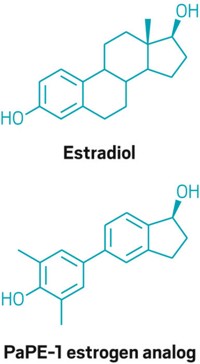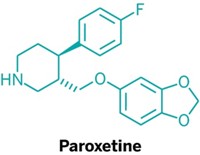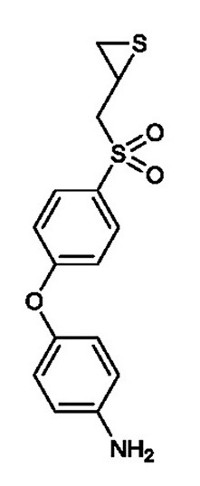Advertisement
Grab your lab coat. Let's get started
Welcome!
Welcome!
Create an account below to get 6 C&EN articles per month, receive newsletters and more - all free.
It seems this is your first time logging in online. Please enter the following information to continue.
As an ACS member you automatically get access to this site. All we need is few more details to create your reading experience.
Not you? Sign in with a different account.
Not you? Sign in with a different account.
ERROR 1
ERROR 1
ERROR 2
ERROR 2
ERROR 2
ERROR 2
ERROR 2
Password and Confirm password must match.
If you have an ACS member number, please enter it here so we can link this account to your membership. (optional)
ERROR 2
ACS values your privacy. By submitting your information, you are gaining access to C&EN and subscribing to our weekly newsletter. We use the information you provide to make your reading experience better, and we will never sell your data to third party members.
Biological Chemistry
Drug Combo Speeds Diabetic Wound Healing
Drug Discovery: Adding one enzyme while inhibiting another accelerates healing in mouse model of diabetic wounds
by Celia Henry Arnaud
November 30, 2015
| A version of this story appeared in
Volume 93, Issue 47
Chronic wounds that won’t heal are a common complication of diabetes. Because scientists don’t understand the reasons for the healing problems, few treatment options are available. Previous work with mouse models of diabetic wounds suggests that elevated levels of two matrix metalloproteinase enzymes—MMP-8 and MMP-9—might play a role. Because MMP-8 is also found in nondiabetic wounds, scientists think it has a beneficial effect. Levels of MMP-9, in contrast, are elevated only in diabetic wounds, suggesting it might contribute to the inability of those wounds to heal. Mayland Chang and coworkers at the University of Notre Dame targeted those two MMPs with a combination therapy that accelerates healing in a diabetic-wound mouse model (Proc. Natl. Acad. Sci. USA 2015, DOI: 10.1073/pnas.1517847112). The researchers topically applied active MMP-8 and a small-molecule inhibitor of MMP-9 known as ND-336 to mice. The combination decreases inflammation, enhances formation of new blood vessels, which are needed for healing, and speeds healing more than either treatment alone.





Join the conversation
Contact the reporter
Submit a Letter to the Editor for publication
Engage with us on Twitter